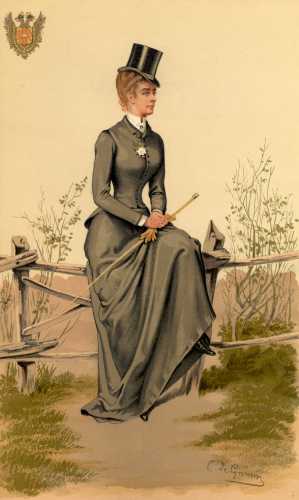 Riding costumes were introduced in the 16th century, after which women wore clothing and accouterments which were built for safety and style. The line of a woman’s riding habit mirrored that of everyday fashions until the 1880s, when the severe, tailored, almost masculine cut of the habit, adorned with a top hat and veil, and cravat, became the fashion. The first “safety skirt” was invented in 1875, which buttoned along the seams to help stop the horrible accidents where women were dragged by their horses, and sometimes crushed beneath a rolling mount, during a tumble. This safety skirt later morphed into an apron skirt, which was worn buttoned around the waist, just covering the legs (which were encased in breeches).
Riding costumes were introduced in the 16th century, after which women wore clothing and accouterments which were built for safety and style. The line of a woman’s riding habit mirrored that of everyday fashions until the 1880s, when the severe, tailored, almost masculine cut of the habit, adorned with a top hat and veil, and cravat, became the fashion. The first “safety skirt” was invented in 1875, which buttoned along the seams to help stop the horrible accidents where women were dragged by their horses, and sometimes crushed beneath a rolling mount, during a tumble. This safety skirt later morphed into an apron skirt, which was worn buttoned around the waist, just covering the legs (which were encased in breeches).
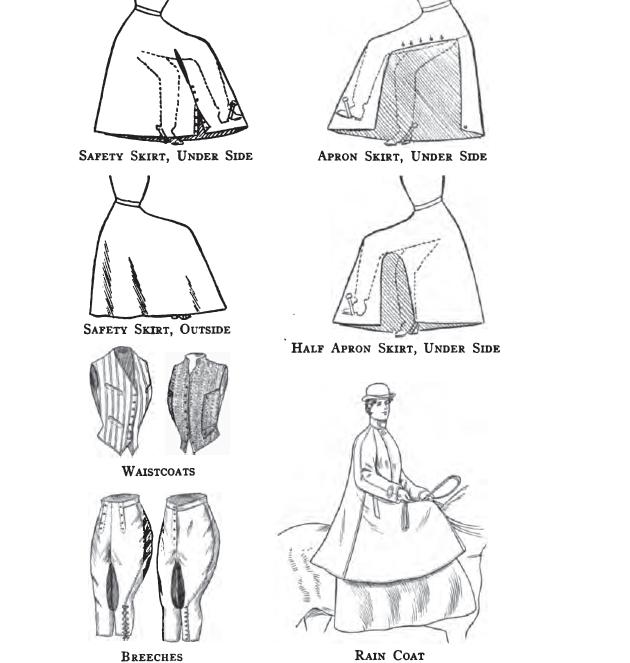
Also important was a rider’s posture, position of the legs in the side-saddle, and the position of the hands whilst holding the reins.
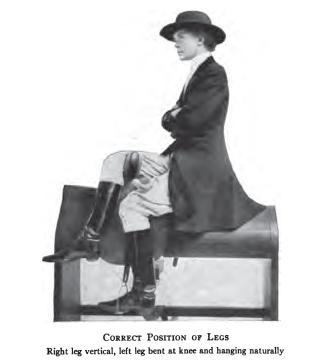
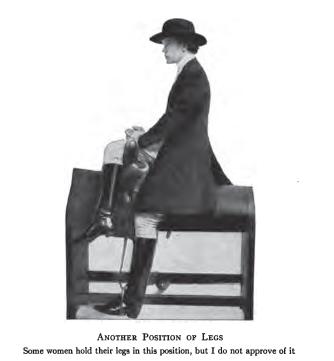
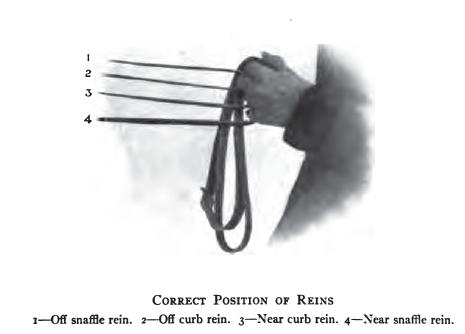
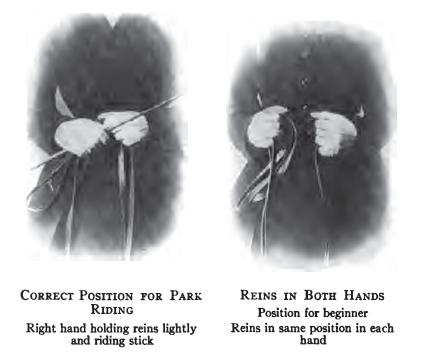
Riding astride was considered rather scandalous in the 1900s, but by the end of the decade, it was grudgingly accepted–as was the use of breeches only–as necessary for sports such as polo, as well as rides across “uncivilized” terrain, such as the American West, or the far-flung corners of the British Empire.
Further Reading:
Riding and Driving for Women by Belle Beach (1912)
Side-Saddle Lady Museum

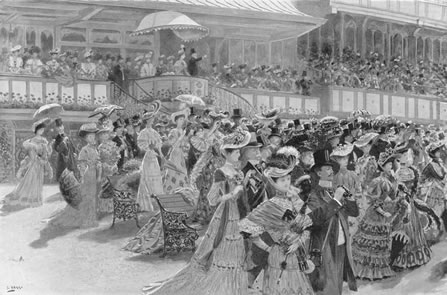
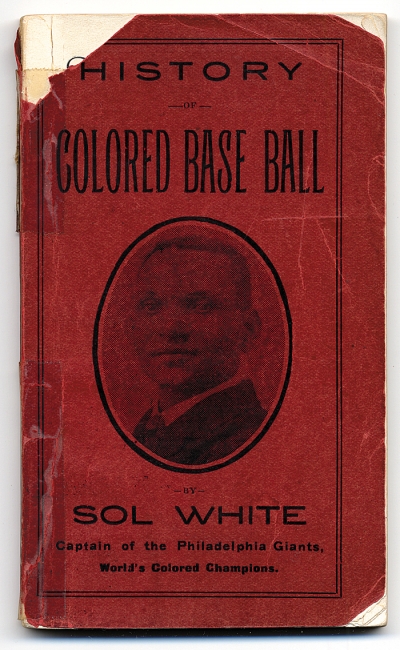


I’ve just discovered your fascinating blog through Grosvenor Square blog. I had to learn to ride side-saddle for a competition years ago and loved it. It’s far more comfortable that you would have thought. Reading this post has brought it all back to me.
I’ve read there is a resurgence in popularity in riding side-saddle, and I always wondered whether modern riders found it comfortable. Glad to know it is!
Can you tell me what aspects of the ‘safety skirt’ prevented ‘horrible accidents where women were dragged by their horses …’.
I ask because I’m writing a novel set at the turn of the nineteenth and twentieth centuries. My protagonist is used to riding astride, in breeches, in the country and rebels against wearing a riding habit in London, but I’d like her to be able to make her case convincingly. Did, for instance, the buttons undo if a rider fell? Is it because the skirt is so much shorter? Could a rider undo the buttons and ride astride? If she did so, would the breeches show?
If you can help it would be so very useful. Thank you in advance for your time and advice.
Hi Angela,
As stated above, women wore breeches beneath their habits by the 1890s, and the divided skirt, which allowed women to ride astride with a bit of modesty, also grew in popularity–so your breeches-wearing, astride-riding heroine wouldn’t arouse any scandal outside of the most old-fashioned people in society.
However, to answer your question, the safety skirt allowed women to kick free of their horse if a jump didn’t go right, or the horse became skittish and began bucking the riding off. The skirt was buttoned around the waist and hips, but was open beneath like an apron, so their legs weren’t trapped by the billowing skirts–since the fashion for riding habits was quite irrational in its adherence to full skirts which looked elegant and glamorous when walking about during a hunt or in Hyde Park, but were thoroughly impractical when riding a horse.
Thank you so much for this, Evangeline. My protagonist will ride astride in the manner you describe, but, although she’s used to doing just that in Devon, when she gets to London and rides in Hyde Park along Rotten Row – far too fast, although early in the morning so no one else is there – she will cause a scandal both for her speed and for her attire. Because, of course, particularly during the London Season in 1899 they were stuffy and old-fashioned!
Thank you.
You’re welcome Angela! And the riding too fast in Rotten Row is an excellent touch.